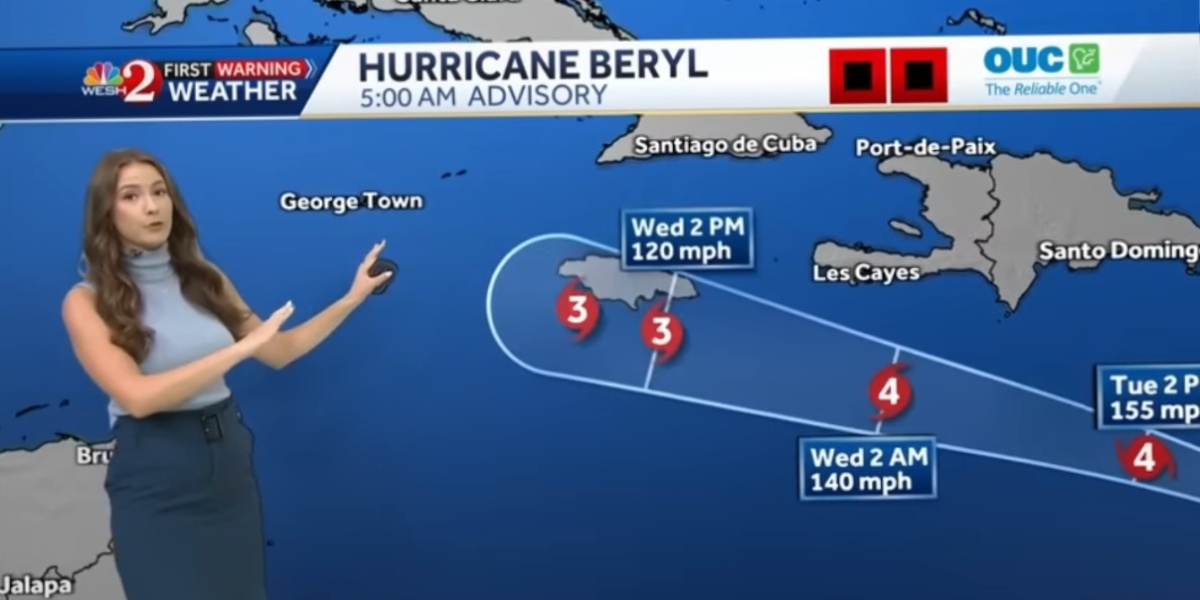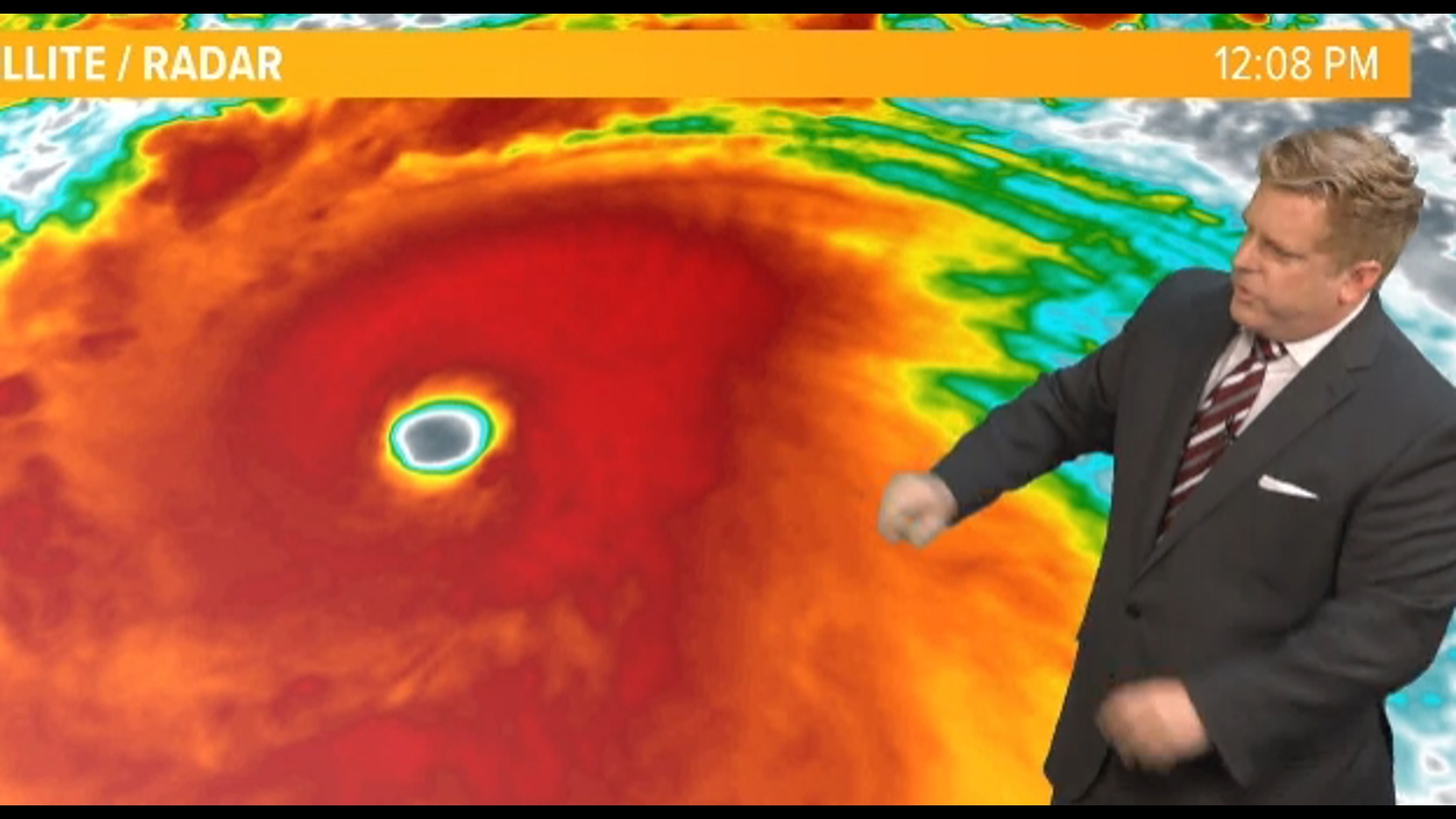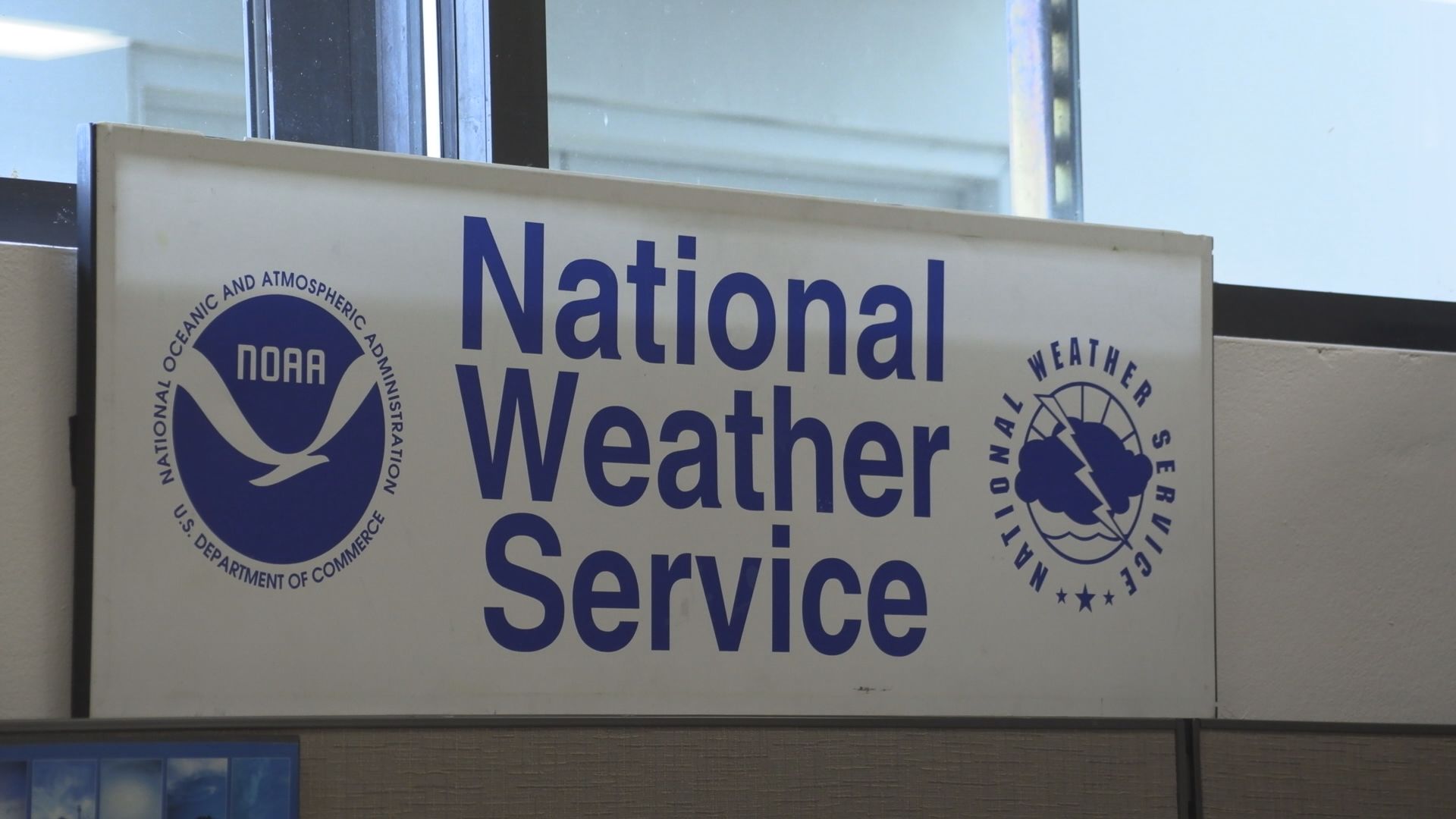Current Situation and Impacts of Hurricane Beryl

Hurricane beryl now – As of [date and time], Hurricane Beryl is a Category 4 storm located approximately [location]. The hurricane is moving in a [direction] direction at a speed of [speed]. Beryl is expected to strengthen to a Category 5 hurricane within the next 24 hours.
Hurricane Beryl, a formidable force of nature, continues its relentless path. To stay abreast of its current location and trajectory, follow this link: where is beryl now. With this information at your fingertips, you can make informed decisions regarding your safety and well-being as Hurricane Beryl progresses.
The hurricane is expected to bring heavy rainfall, strong winds, and storm surge to the affected areas. Wind speeds are expected to reach up to [speed] mph, with gusts of up to [speed] mph. Rainfall totals of up to [amount] inches are possible, which could lead to flooding. Storm surge is expected to reach [height] feet above normal tide levels, which could cause significant damage to coastal communities.
Hurricane Beryl continues to churn offshore, bringing heavy rainfall and strong winds to the Gulf Coast. While the storm’s impact on Louisville is expected to be minimal, residents should stay informed about the latest Louisville weather forecasts. Beryl is expected to weaken as it moves inland, but heavy rainfall could still pose a risk of flooding in some areas.
Evacuations and Emergency Measures
Evacuations have been ordered for coastal areas in [list of affected areas]. Residents in these areas are urged to leave immediately and seek shelter in a safe location. Emergency shelters have been opened in [list of shelter locations].
The National Hurricane Center is urging residents in the affected areas to take precautions and stay informed about the latest updates on Hurricane Beryl. Residents should have an emergency plan in place and be prepared to evacuate if necessary.
Historical Context and Comparison to Past Hurricanes: Hurricane Beryl Now

Hurricane Beryl is not the first hurricane to impact the region. Throughout history, numerous hurricanes have made landfall in the area, each leaving its mark on the landscape and the lives of those who live there.
Similarities and Differences to Notable Hurricanes
Hurricane Beryl shares certain similarities with other notable hurricanes in the region, such as its intensity, track, and impact. However, there are also key differences that set it apart from these past storms.
- Intensity: Beryl reached Category 4 strength, making it one of the most intense hurricanes to hit the region in recent years.
- Track: Beryl’s track took it across a densely populated area, resulting in widespread damage and loss of life.
- Impact: Beryl caused significant damage to infrastructure, homes, and businesses, leaving many communities without power or essential services.
Historical Frequency and Severity of Hurricanes
Hurricanes have been a recurring threat to the region throughout history. Records indicate that the area experiences an average of one hurricane every three years.
The severity of hurricanes has varied over time, with some years experiencing multiple major hurricanes, while others have seen relatively few.
Long-Term Trends and Patterns
While the frequency and severity of hurricanes in the region can fluctuate, there is evidence of some long-term trends.
- Increased frequency: Data suggests that the region has experienced an increase in the frequency of hurricanes over the past century.
- Increased intensity: Hurricanes that make landfall in the region have also become more intense on average.
- Shifts in track: The tracks of hurricanes have also shifted over time, with more storms moving towards the region.
These trends are consistent with global patterns of climate change, which is expected to lead to more frequent and intense hurricanes in the future.
Preparedness and Response Measures

Hurricane Beryl is a powerful and potentially destructive storm, and it is crucial to take the necessary steps to prepare for and respond to its impact. Individuals and communities can take several measures to ensure their safety and minimize the potential damage caused by the hurricane.
One of the most important aspects of hurricane preparedness is creating a hurricane preparedness kit. This kit should include essential supplies such as food, water, first-aid supplies, batteries, flashlights, and a portable radio. It is also important to have a plan for evacuation in case the hurricane makes landfall near your area. This plan should include identifying evacuation routes and shelters, and making arrangements for transportation if necessary.
Government Agencies and Emergency Responders, Hurricane beryl now
Government agencies and emergency responders play a vital role in hurricane response efforts. These agencies coordinate disaster relief efforts, provide assistance to affected communities, and work to restore essential services. In the event of a hurricane, it is important to follow the instructions of local authorities and emergency responders, and to stay informed about the latest weather conditions and evacuation orders.